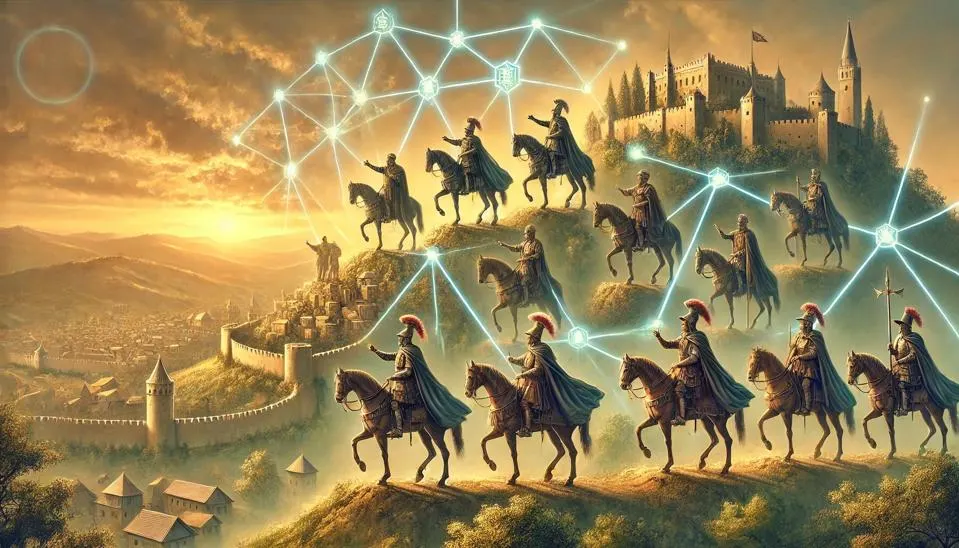
Imagine coordinating a worldwide virtual concert with musicians scattered across the globe. Some have unstable internet connections, others misread the sheet music, and others might even intentionally play off-key—not just as a prank but to sabotage the performance out of rivalry or to undermine the concert’s success for personal gain. Despite these challenges, the performance must not falter. So, how do you ensure that all musicians, regardless of disruptions or sabotage, are perfectly synchronized to deliver a harmonious experience to the audience?
This scenario represents a fundamental challenge in computer science known as Byzantine Fault Tolerance. Derived from the Byzantine Generals Problem, it highlights difficulties decentralized groups face when reaching a consensus without a central authority—especially when some members are unreliable, negligent, or malicious.
Byzantine Fault Tolerance is a critical property of distributed systems that ensures their ability to function correctly and reach consensus even when some components fail or act maliciously. Named after the Byzantine Generals Problem, BFT addresses the fundamental challenge of maintaining system integrity in environments where trust cannot be assumed. It’s not just about coordinating actions but about creating a robust system that can withstand accidental failures and deliberate sabotage. In decentralized networks like blockchains, where no central authority oversees operations, BFT mechanisms are paramount. They enable the network to continue operating reliably and securely, even if some nodes provide conflicting information, fail to respond, or attempt to disrupt the system. Understanding BFT is key to grasping how blockchain technology maintains its integrity and trustworthiness in a trustless environment.
The Byzantine Generals Problem: History Meets Blockchain
To grasp the essence of BFT, imagine Byzantine generals encircling an enemy city. These generals must either attack simultaneously or retreat; any lack of coordination could lead to a disastrous defeat. A further challenge arises because some generals might be traitors, aiming to confuse others by sending false messages throughout the battlefield. Communication is only possible through messengers, subject to interception or tampering.
And now, several generals need to agree on a coordinated attack. General A proposes attacking at dawn and sends this plan to the other generals. However, a traitorous General C intercepts some of these messages and alters them to say “retreat at dusk.” As a result, General B receives conflicting messages—some advocating for an attack at dawn and others suggesting a retreat at dusk. Without knowing which messages are trustworthy, the loyal generals are left uncertain about the correct course of action. They need a reliable method to reach a unanimous decision despite the possibility of deception. This problem highlights the complexities of achieving agreement in a system where trust is compromised.
